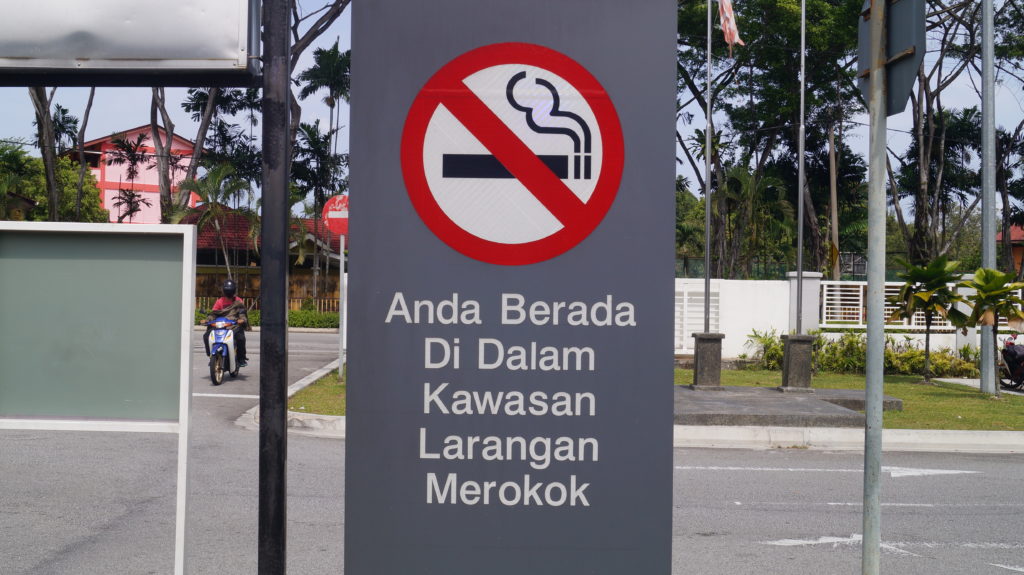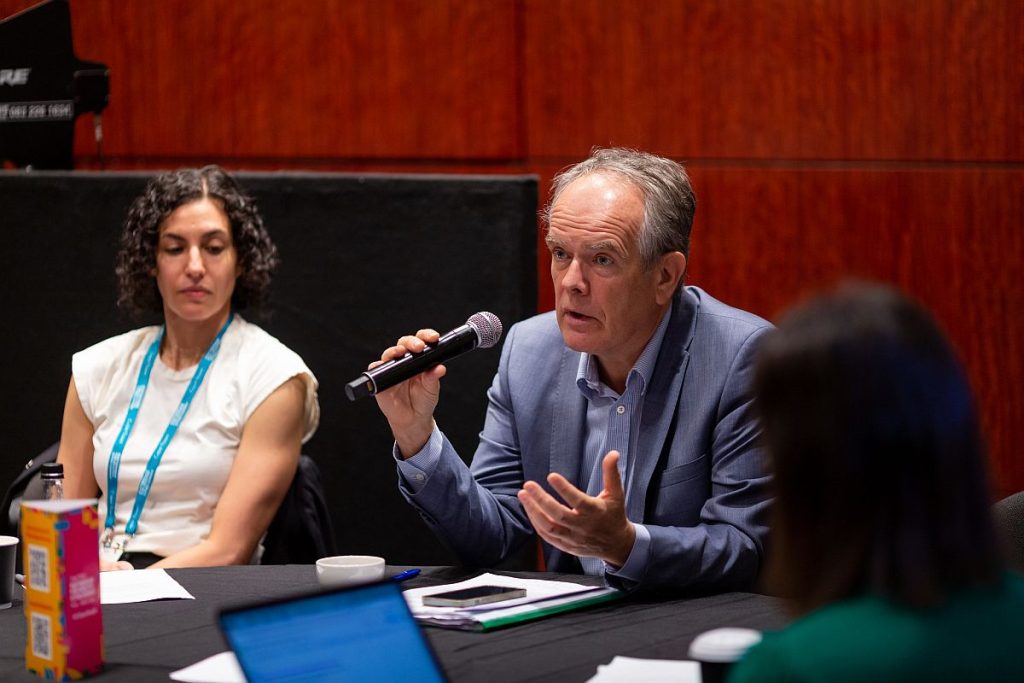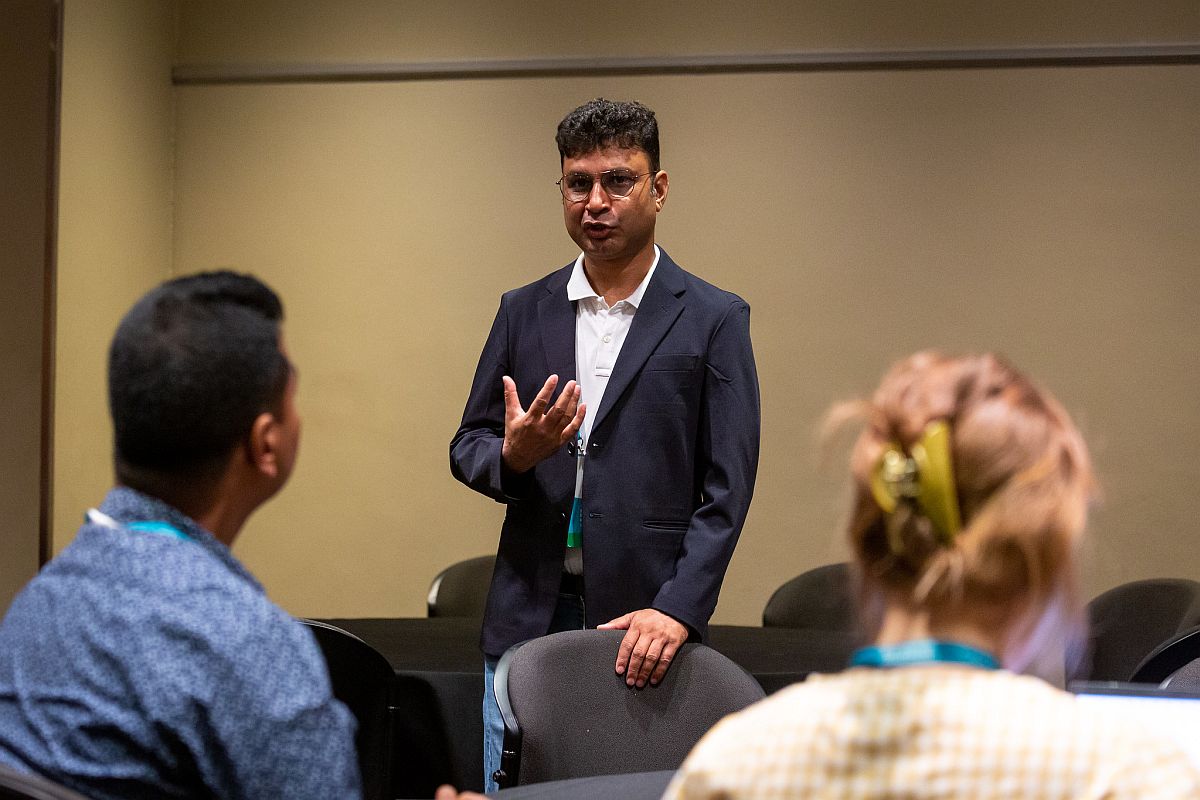CAPE TOWN, April 22 — Local councils like Kuala Lumpur City Hall (DBKL) can enact by-laws banning the display of tobacco and vape products at points of sale to protect the public from smoking hazards.
Beyond expanding non-smoking zones and ensuring compliance, DBKL can emulate cities like Jakarta and Bogor in Indonesia by banning the display of cigarettes and vape products at points of sale ahead of federal government action.
“We (DBKL and Partnership for Healthy Cities) are exploring the possibilities of developing some new policies related to banning the display of tobacco products at points of sale. Those are some of the areas where the local government needs to think about.
“We are exploring those options and hopefully, in the near future, we might start discussions on developing such policies which prohibit the display of tobacco,” Farhad Ali, regional manager of the Partnership for Healthy Cities at Vital Strategies, told CodeBlue in an interview last March 5 at the sidelines of the Partnership for Healthy Cities Summit in Cape Town, South Africa.
The Partnership for Healthy Cities, supported by Bloomberg Philanthropies in partnership with the World Health Organization (WHO) and global health organisation Vital Strategies, is a global network of 74 cities whose leaders have committed to prevent non-communicable diseases (NCDs) – including cancer, diabetes, heart disease, and chronic lung disease – and injuries through proven interventions.
The partnership works closely with city authorities like DBKL by offering global expertise and best practices from other cities. This collaboration allows cities to access intensive technical assistance on policy development and advocacy through curriculum-based engagement and collaborative learning and exchange.
Since Iceland became the first country to implement a ban on point-of-sale (POS) displays in 2001, at least 57 countries worldwide have enacted similar prohibitions on displaying tobacco products in retail outlets, based on data from the WHO’s global health observatory data repository. Thailand, Singapore, and Laos have implemented this display ban among Southeast Asian countries.
According to the WHO, banning point-of-sale tobacco displays is likely to reduce impulse purchases, provide a supportive environment for smokers to quit, and reduce purchasing behaviour.
Article 13 of the Framework Convention on Tobacco Control (FCTC), an international treaty signed by Malaysia, bans tobacco advertising, promotion, and sponsorships, including point-of-sale displays.
In Malaysia, the Control of Smoking Products for Public Health Act 2024 (Act 852) – the country’s first standalone tobacco and vape control Act – was gazetted on February 2, following royal assent received on January 24. However, it has yet to come into effect, pending the introduction of regulations targeted in June.
This new law will enable the introduction of various regulations, including plain packaging, point-of-sale display bans, restrictions on e-cigarette flavours, and other measures aimed at combating nicotine addiction and curbing underage smoking and vaping.
Increasing Smoke-Free Areas And Compliance In KL

Over the years, DBKL has worked to expand gazetted smoke-free areas to include covered walkways, making KL the only place in Malaysia where covered pedestrian walkways are smoke-free zones.
DBKL health and environment department senior deputy director Dr Nor Halizam Ismail told CodeBlue in an interview last year that besides enforcing smoke-free rules on patrons at restaurants, City Hall goes a step further by prohibiting smoking for food handlers and wait staff in Kuala Lumpur.
“There are roughly 24 gazetted areas that we are trying to bring under smoke-free zones. This includes covered areas, restaurants, bars, recreational areas, gaming zones, and housing communities. We (DBKL and Partnership for Healthy Cities) are trying to increase smoke-free areas and enforce existing smoke-free laws,” Farhad said.
There are also plans to further increase compliance with smoke-free regulations in KL.
“The programme has been quite successful in terms of improving compliance with existing law. We recently conducted a survey to assess the level of compliance and adherence in smoke-free areas, and we found that the compliance rate is largely over 85 per cent, which is quite comfortable.
“The goal is to take it up to 90 per cent. One way we’re considering achieving this is by involving housing associations or communities in the smoke-free initiative.
“Secondly, we want to actively engage young people and students in the intervention, as they are the most vulnerable age group for smoking. So, we are planning to reach out to students and schools with the information they need to prevent this vulnerable group from starting smoking,” Farhad explained.
How Cities Can Lead in Preventive Policy Implementation

Dr Etienne Krug, director of the department for social determinants for health at WHO, said that cities are often easier to engage because the mayor oversees several departments. This allows for the implementation of prevention programmes that may be more challenging or time-consuming to enact at the national level.
“There is no legislation at the local level, but there are policy adaptations. We’re talking about cities in countries like Brazil, India, and China. These are very large, very diverse countries, and so to adopt legislation at the national level usually requires a lot of work, a lot of consensus building, taking various cultural and religious diversities into account.
“At the city level, while we’re still talking about big cities of 10, 15, 20 million people, there is usually a little bit more uniformity in terms of ethnicity. There is also more proximity between the city leaders and the population and there is easier multisectoral collaboration,” Dr Krug said during a media briefing at the Partnership for Healthy Cities Summit on March 6.
Kelly Larson, programme director at Bloomberg Philanthropies, highlighted the partnership’s strong political will to address NCDs and prevent injuries, driven by mayoral support for the Partnership for Healthy Cities.
“While policy adoption and adaptation sometimes take a little bit of time, we start at the top by ensuring that there is buy-in and I think that is an advantage to the cities within the partnership,” Larson said.
Ariella Rojhani, director of the Partnership for Healthy Cities at Vital Strategies, highlighted the partnership’s focus on supporting city executives and leaders in understanding their full legal authority and exercising it effectively.
“Whether through an executive order or decree, a simple stroke of a pen can lead to meaningful on-the-ground changes.
“It doesn’t always necessitate a legislative process or city council approval; an executive order can reinforce national regulations and facilitate implementation, overcoming any obstacles that may have stalled progress without local government intervention.
“An empowered city authority or executive who knows what legal channels they have to issue policy is a huge part of our work. We’ve found this approach significantly streamlines policy adoption in the long run,” Ariella said.








